Sacro Bosco (Parco dei Mostri)Pier Francesco Orsini (1523 - 1583)
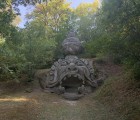
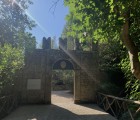
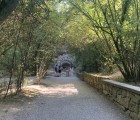
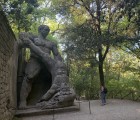
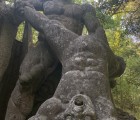
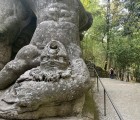
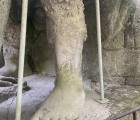
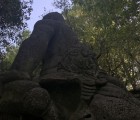
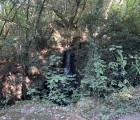
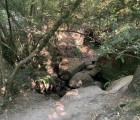
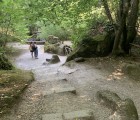
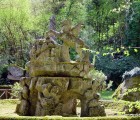
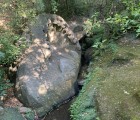
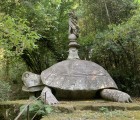
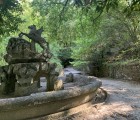
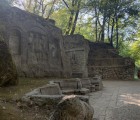
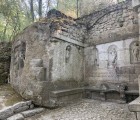
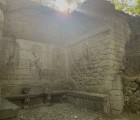
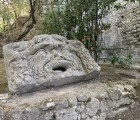
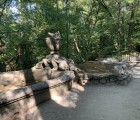

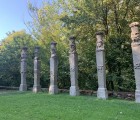
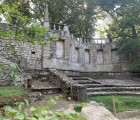
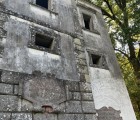
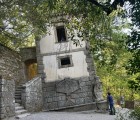
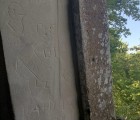
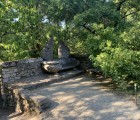
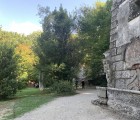
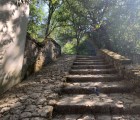
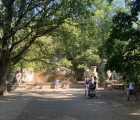

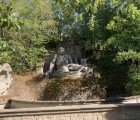
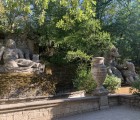
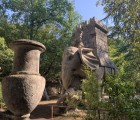
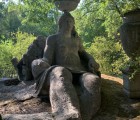
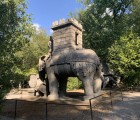
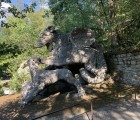
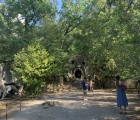
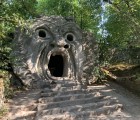
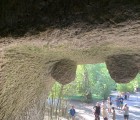

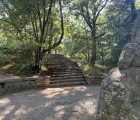
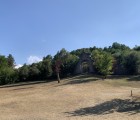
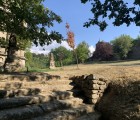

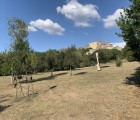
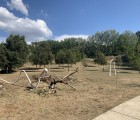
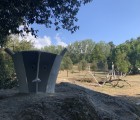

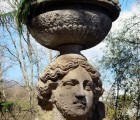
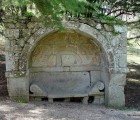
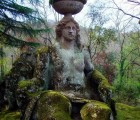
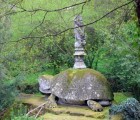


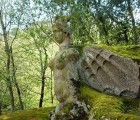
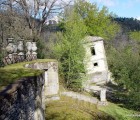
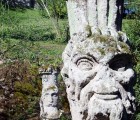
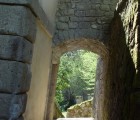
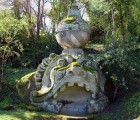



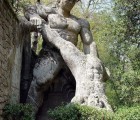
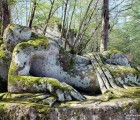

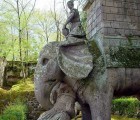
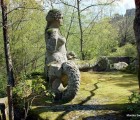
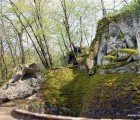
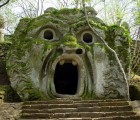

Extant
Loc. Giardino, Bomarzo, Lazio, 01020, Italy
circa 1550
The site is open daily all year. See the website for more details about how to visit.
About the Artist/Site
Less than an hour from Rome, the village of Bomarzo recalls an earlier age as it offers its silhouette to the sky. The Parco dei Mostri (the Monster Park) is well marked as one travels the major tourist routes; drawing closer, one follows a small road that winds through oak woods to the freshness of a green valley. The old fortified town, perched high on a rocky pinnacle, watches over the green valley, inhabited by strange stone creatures: the most unusual garden left to us from the Italian Renaissance.
Commisioned by Pier Francesco Orsini, known as Vicino, Duke of Bomarzo from 1542 to 1585, the park, famous during his time but later abandoned, now occupies a special place in the history of art. A scion of one of the most illustrious families in the region, Orsini had a position to uphold, particularly since his own name was made more illustrious as his wife Giulia was a member of the Farnese family, and a close relative of Pope Paul III. Among princes in that era it was fashionable to assemble lavish gardens, with grottos, fountains, and statues in a manner recalling a romanticized antiquity.
Architects, poets, and sculptors collaborated in the staging of Orsini’s expertly prepared, allegorical site. The realization of the park began around 1547, continuing until about 1580. Art was combined with geometry to tame nature. Bomarzo is a mannerist garden, but here all the rules have been shattered. The only architectural logic is the landscape: a gently sloping terrain that took advantage of the accidents of its topography. This "lunar park of stone," as so nicknamed by Alberto Moravia, is unique, but despite the many studies that have been devoted to this site over the last fifty years, an aura of mystery continues to surround Orsini's "Villa of Wonders." An artificial lake fed fountains, and the statues of giants and monsters came last, originally painted in bright colors.
Respectfully restored by the Bettinis, the owners of the site since 1954, the Monster Park attracts a growing number of curious visitors from around the world. After the long, low building where entrance tickets may be purchased, a large lawn welcomes visitors. On Sundays, locals come here to relax, to stroll, or to picnic. Nestled between the fortress of the village and rough volcanic cliffs, the green sloping site has a singular charm. A little further down, beyond a gate, are two stone sphinxes. On the base of one of them is the inscription: "You, who enter here, take a good look at everything around you, and then tell me if so many wonders were designed for the sake of art or just to deceive you?" The visitor, addressed this way, is irresistibly drawn into the mysteries of the garden.
Among the sculptures is a chilling statue of a Hercules, some 26 feet high, which is calmly tearing apart another giant. The sex of the defeated giant is unclear, although the writer André Pieyre de Mandiargues suggested it looked rather feminine (Les monstres de Bomarzo, 1967). If this is the case, one may wonder about the real nature of the struggle of the two giants.
Further down, an equally large turtle serves as a base for a crippled Fame, although the figure is damaged and without a trumpet that had originally been included. In front is a sculpture of a huge mouth, perhaps of a sea monster, gaping open, ready to swallow everything that crosses its path. Other nearby sculptures include a statue of Neptune, a Chinese-style dragon with butterfly wings fighting with lions, and an elephant surmounted by a crenellated tower. Its trunk wraps around the remains of a Roman soldier.
The Mouth of Hell
Beyond this is the most famous of Bomarzo’s sculptures: a huge grinning face, with a gaping mouth that seems frozen in a cry of terror. In Orsini's time, this frightening figure symbolized the entrance to hell. In fact, the Ogre, as it is sometimes called, is a monster with two faces. It is both the obverse and reverse, one thing and its opposite. The door that seems to open to the realm of the dead is an illusion, because as soon as a visitor passes through, s/he is led back to the world of the living. The Ogre is arguably Bomarzo's most popular figure, both because of the interaction made possible by the ability to physically enter it and because of its compelling aesthetic force. The fact that it occupies a central position in the garden suggests that in addition to its symbolic function, it had a practical, and, no doubt, theatrical role. But all of the research on this park has not led to records confirming the purpose or function of the work.
The leaning house
Another important structure is the casa pendente. This building is located in the lower part of the park, where the main entrance used to be. As its name suggests, it is an elegant two-story pavilion that leans, purposely built askew. Some scholars have suggested that this was a construction intended to challenge the cultural and artistic ideals of the Renaissance.
With its successive terraces, its interlacing, and its stairs connecting various levels, the park predisposes visitors to wandering and meditation. Of course, during this wandering, many questions arise, and it is difficult not to seek an explanation for this strange garden. Many have tried, each delivering his or her own version. But all eventually recognized that it is not possible to "provide a summary explanation of all these statues that show extreme agitation, and, at the same time, heavy multiple symbolic meanings" (Hella S. Haasse, The Gardens of Bomarzo, 2007). Carved directly into the rock, the statues seem to have grown from the earth itself. The grey color of the volcanic rock, mixing with tones of oxides, along with the vegetation and the play of shadows and lights, all contribute to create an almost hypnotic atmosphere: a special state of mind where something viewed from a different perspective becomes something else entirely.
Keys relating to the garden
It has been said that the key to understanding the garden is to be found in the Orlando Furioso of Ariosto, the Hypnerotomachia Poliphili of the Dominican Francisco Colonna, the Amadige (also known as Floridante) of Bernardo Tasso, and other writings packed with allegories, authored by the great minds of the time.
But keys... in Bomarzo, one can find lots of keyrings. It is as if this garden, described as "unique in its genre," contains an infinity of spaces: a sacred wood in the ancient mode, a maze, an initiatory journey, a mannerist biography of Vicino Orsini, a park of monsters, a lunar park of stone….
Full of myths and allusions, the site functions—at all levels—as a fabulous accumulator of senses, ready to explode in all dimensions of the imagination. Quest or inquiry, it depends. Bomarzo is a never-ending story.
And then there are the inscriptions, almost everywhere around the park, on vases, on walls, on benches. Some are illegible, or half erased. One small stele bears Vicino's name, dated 1552, and, on an adjacent pillar, one can read the declaration which is, perhaps, his intention: “Sol per sfogar il core/Just to ease my heart.”
The site is open daily, all year, from sunrise to sunset.
~Monika Swuine
Translation from the French by Henk van Es
Contributors
Map & Site Information
Loc. Giardino
Bomarzo, Lazio, 01020
it
Latitude/Longitude: 42.4916599 / 12.2475933
Nearby Environments

Can you provide SPACES with images of this art environment?
Please get in touch!
L’eremo [The Hermitage]
Viterbo, Lazio

Can you provide SPACES with images of this art environment?
Please get in touch!
Il grottino
Piansano, Lazio




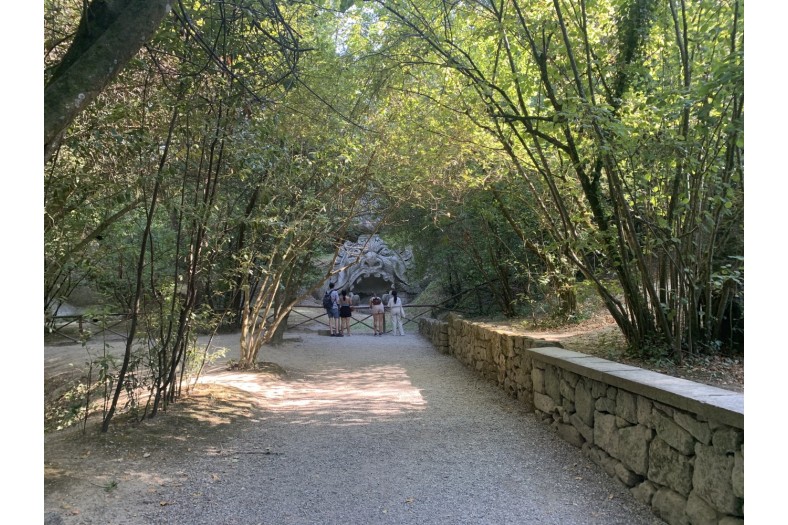
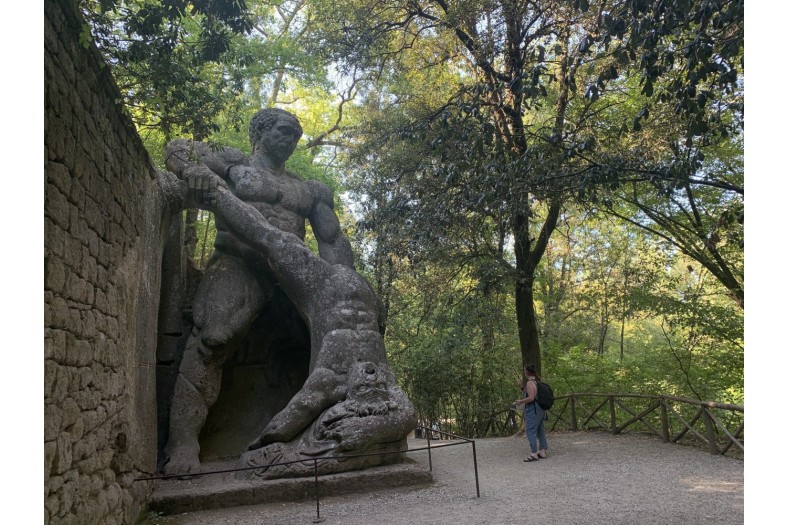
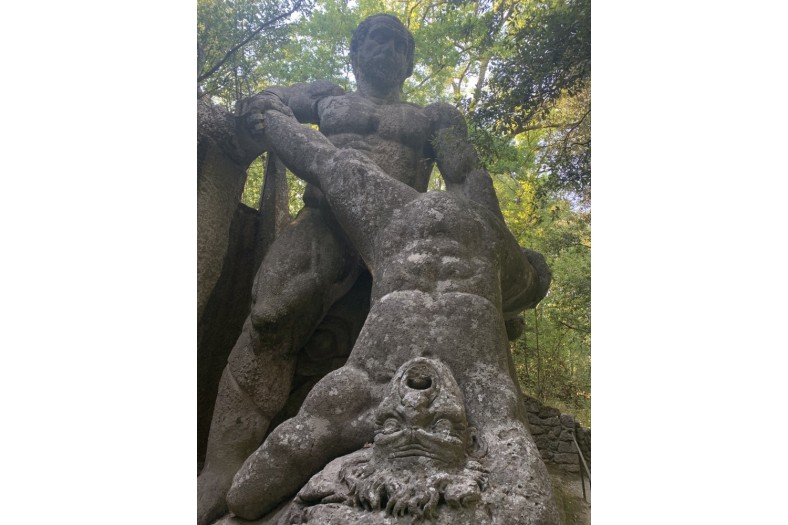

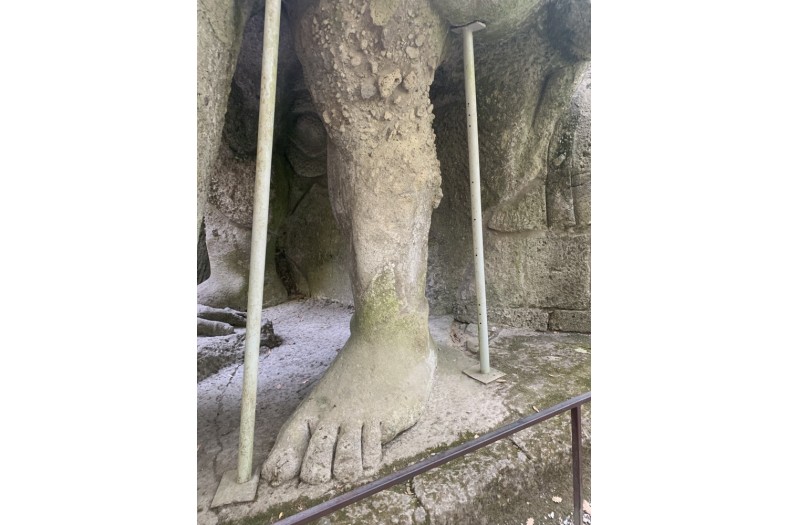

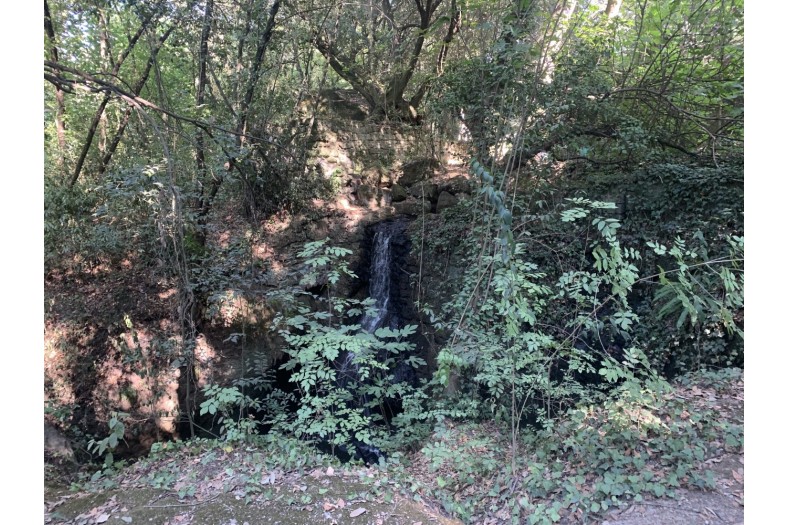
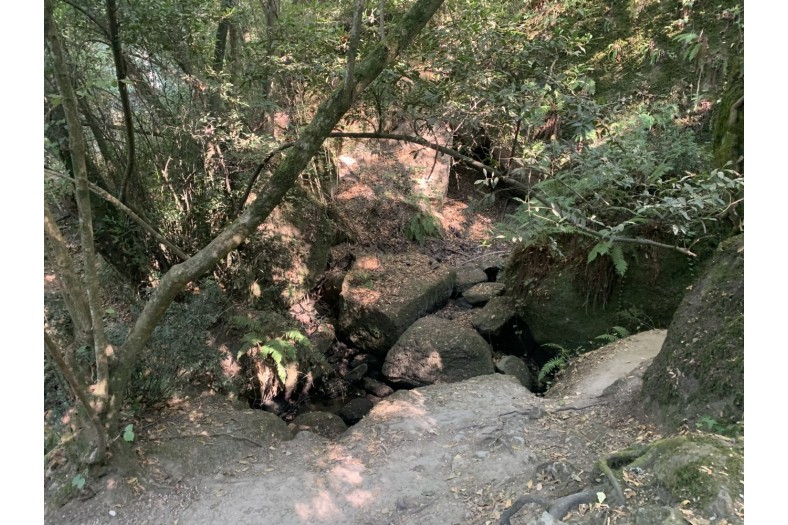
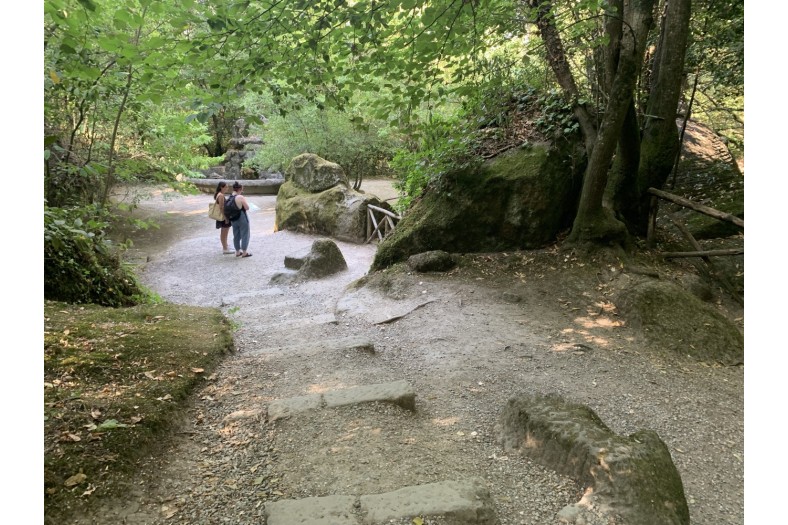
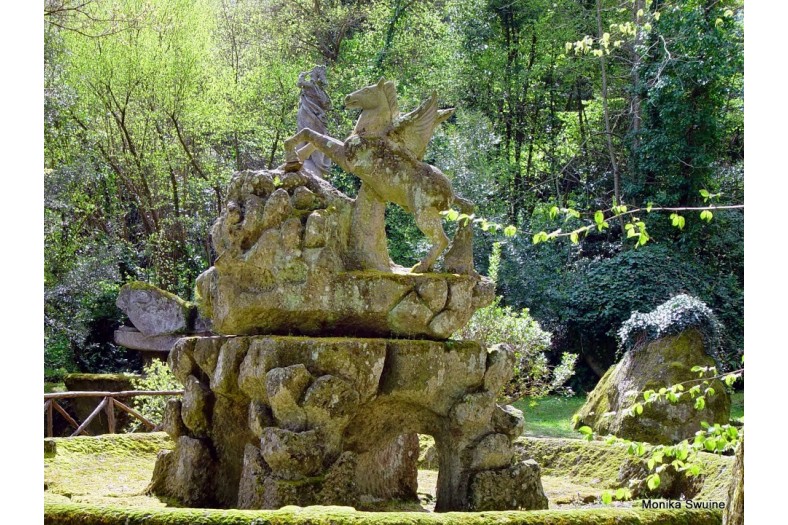
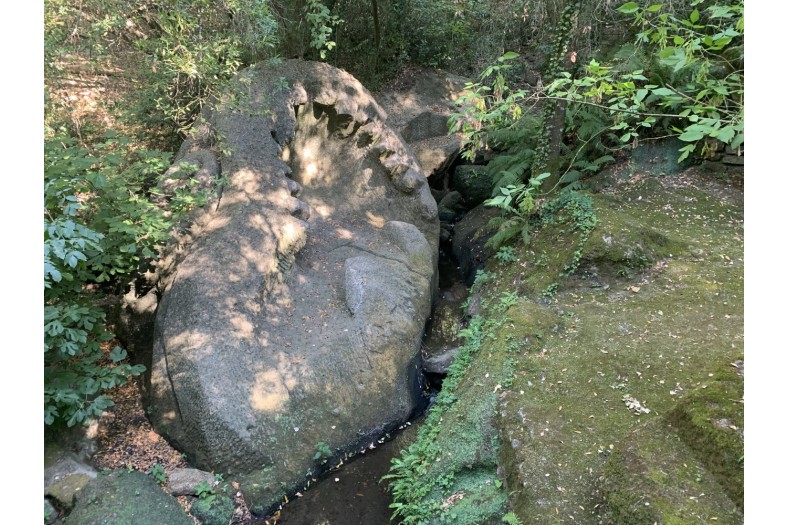
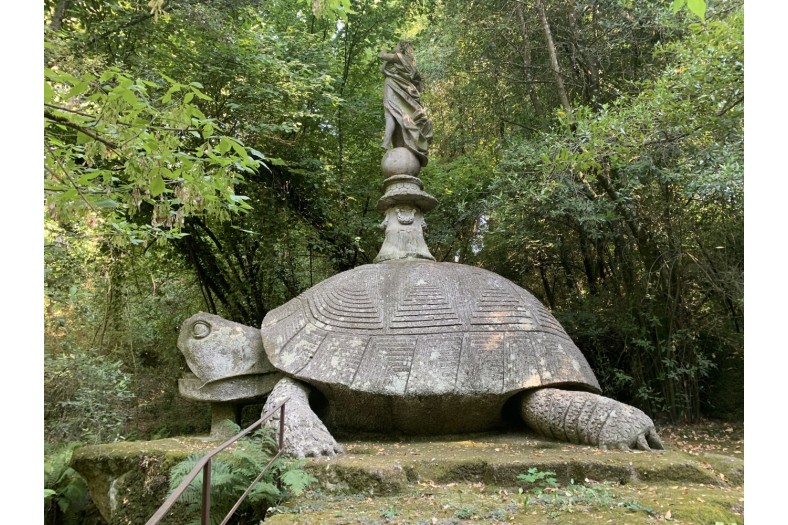
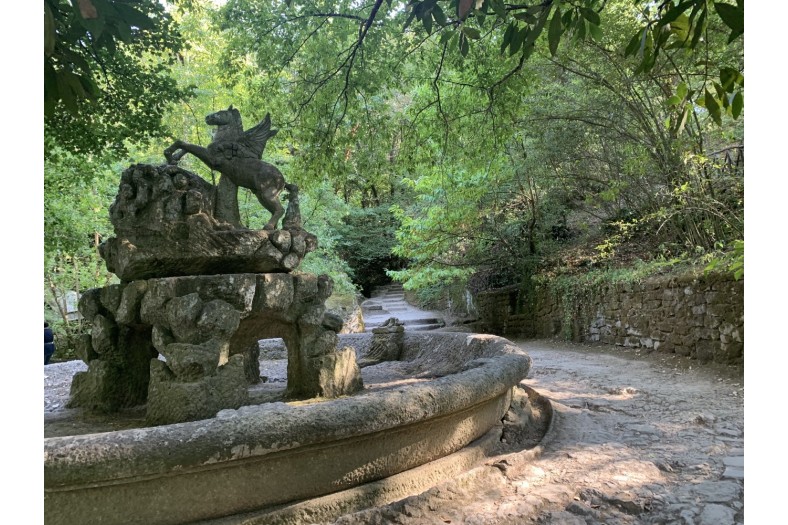
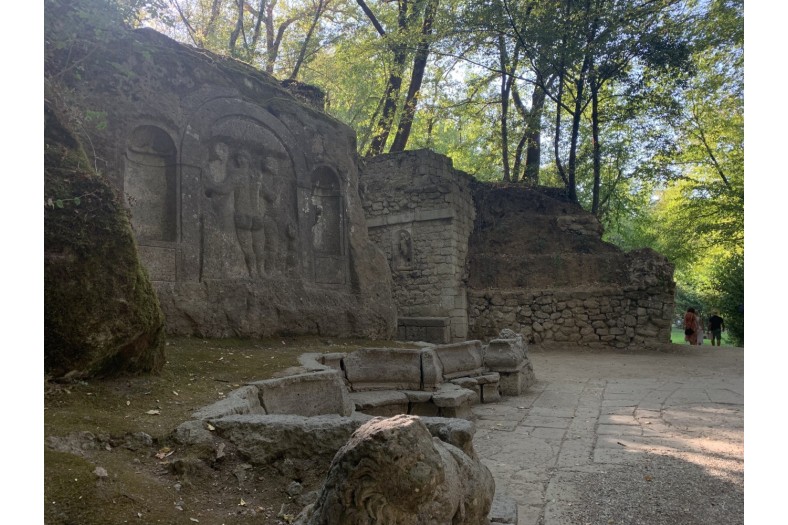
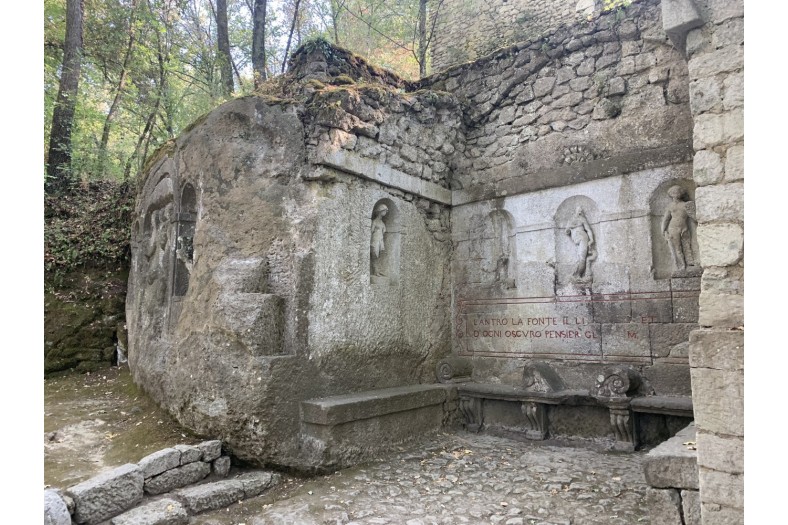
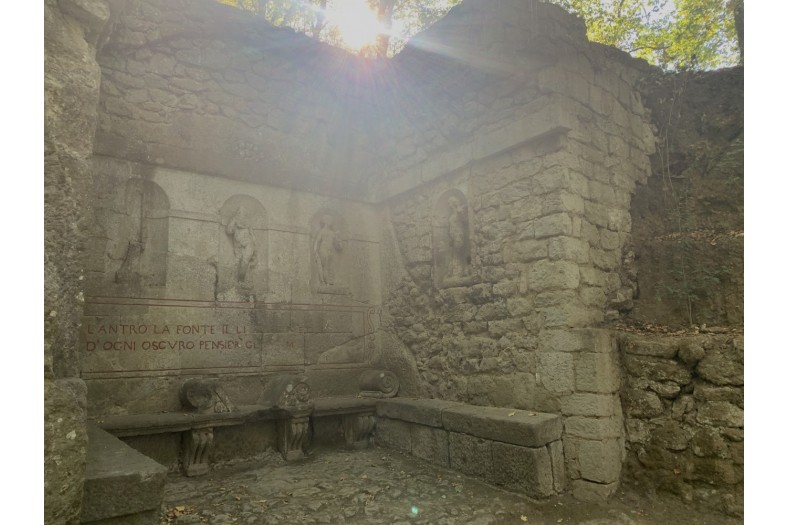

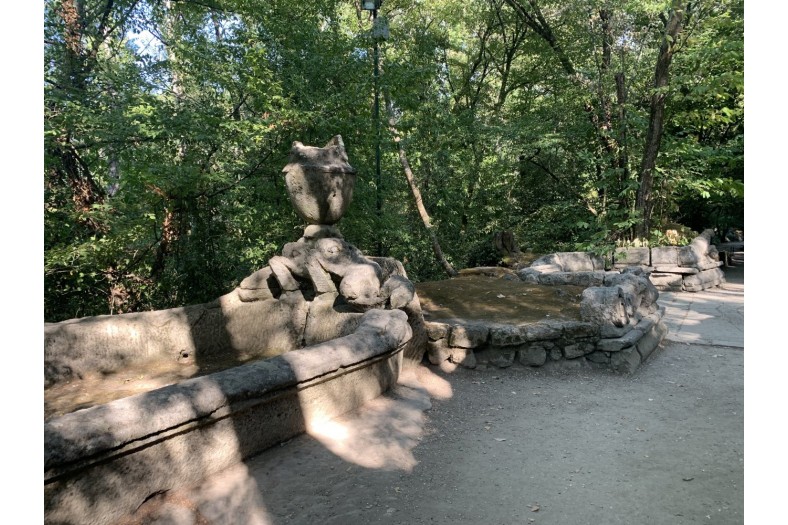
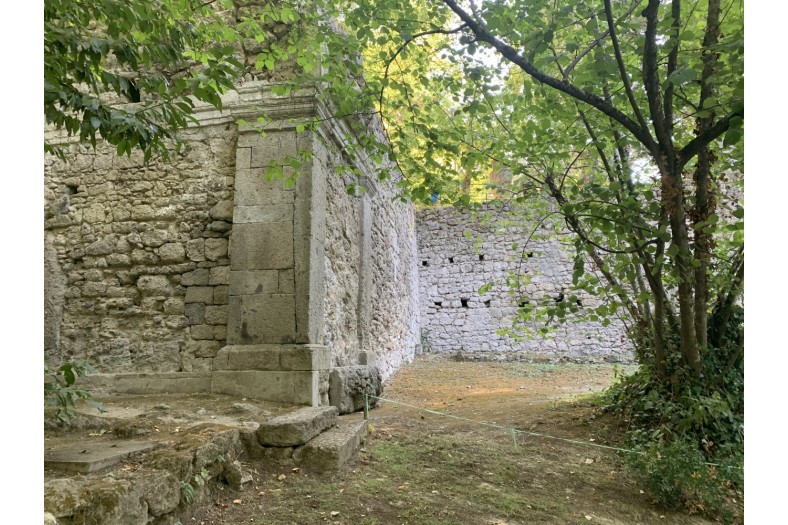


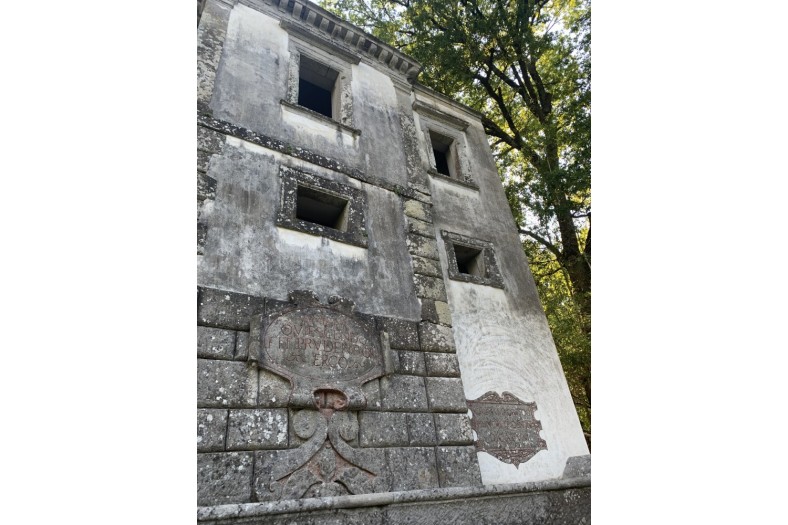
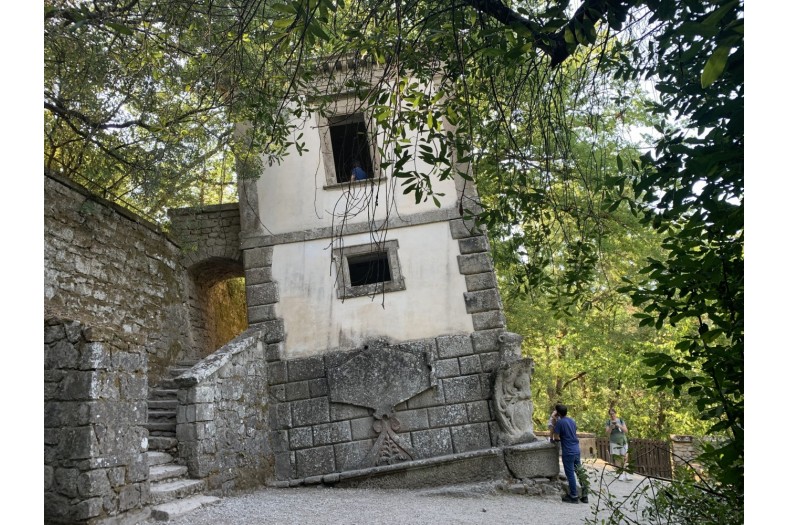

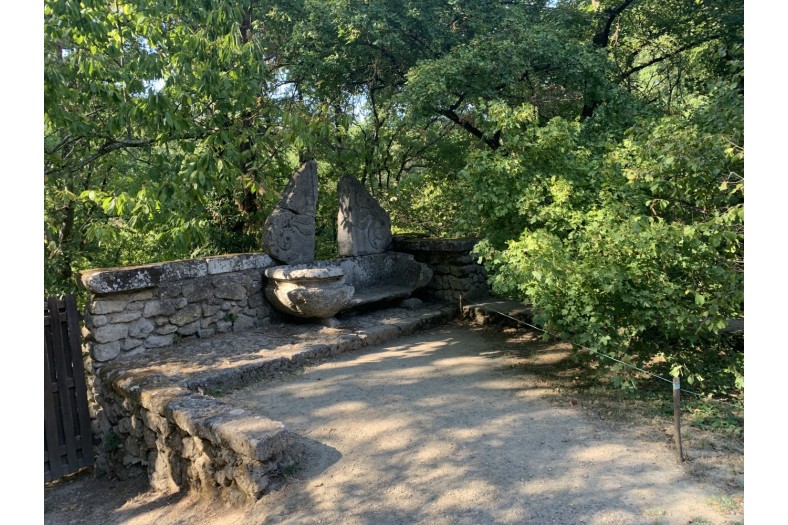
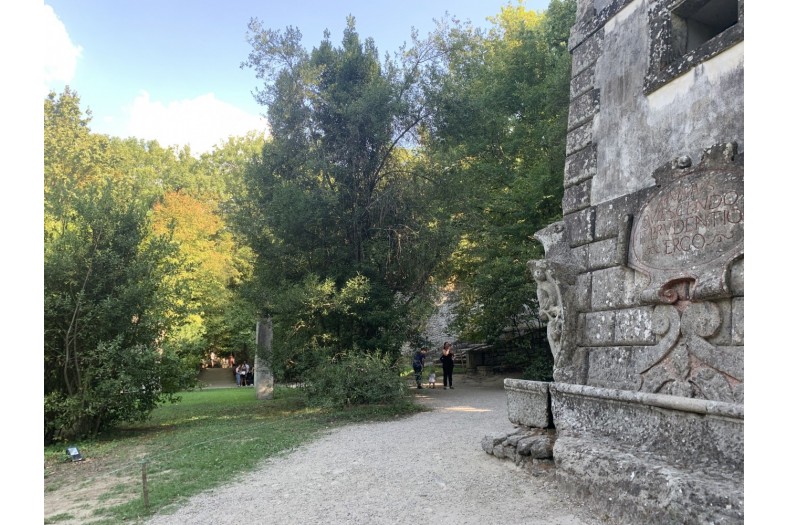

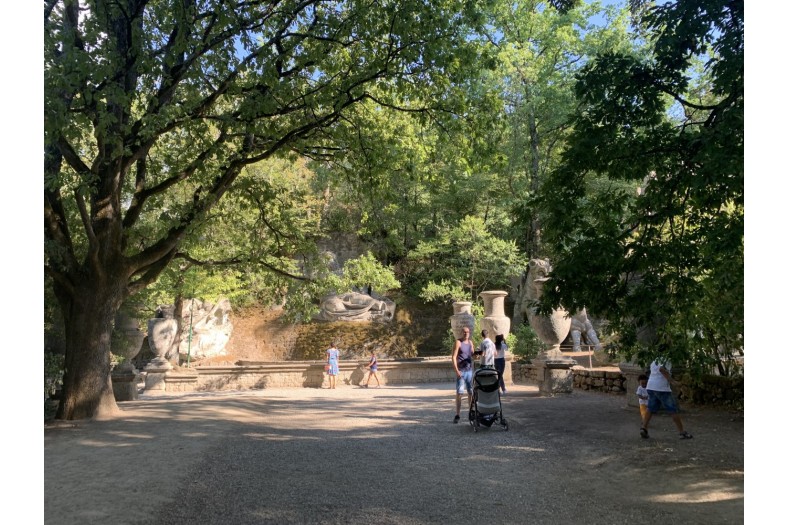

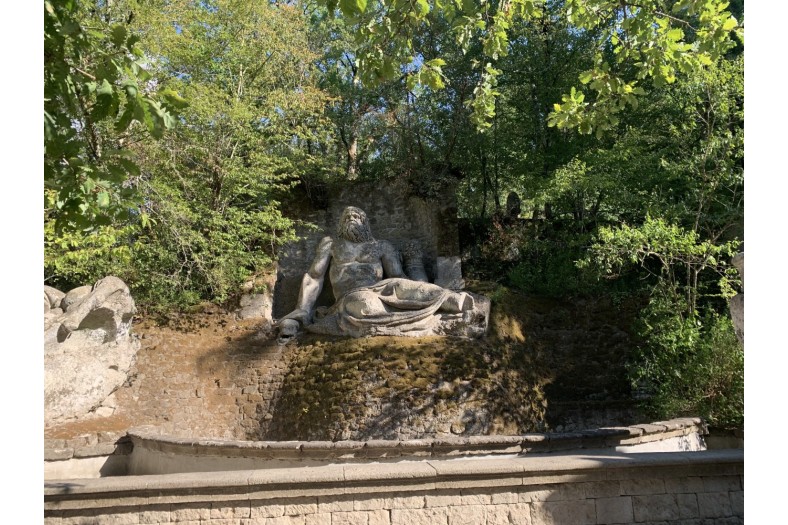
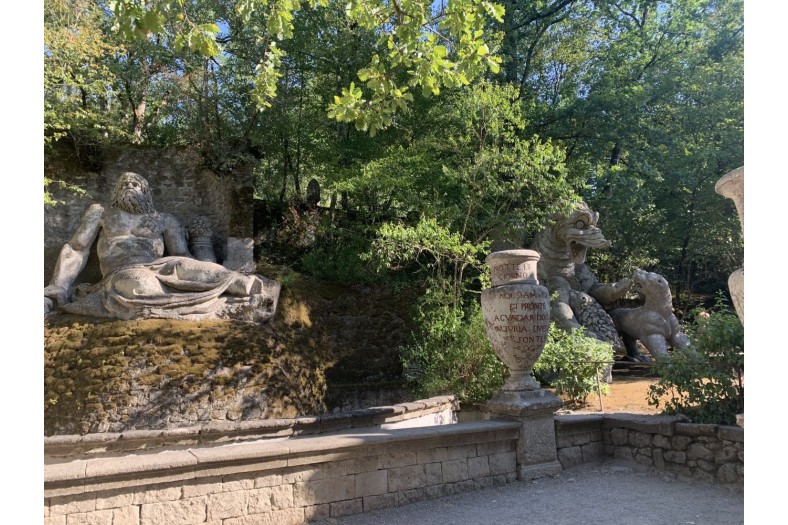
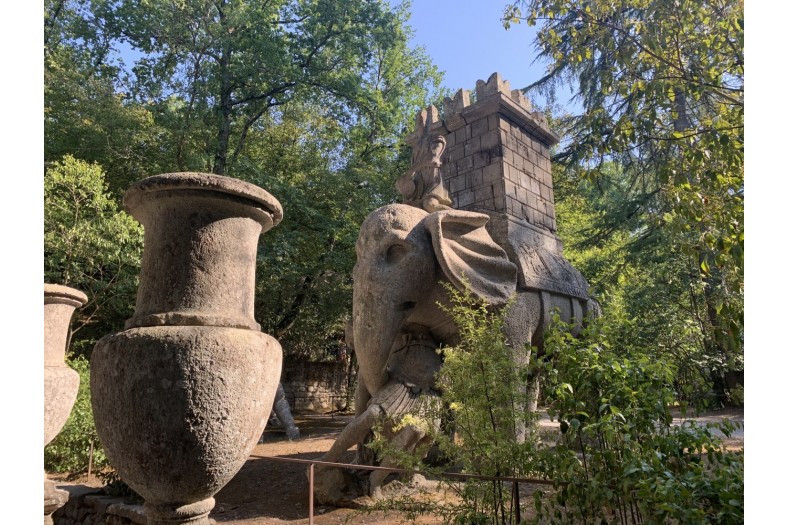
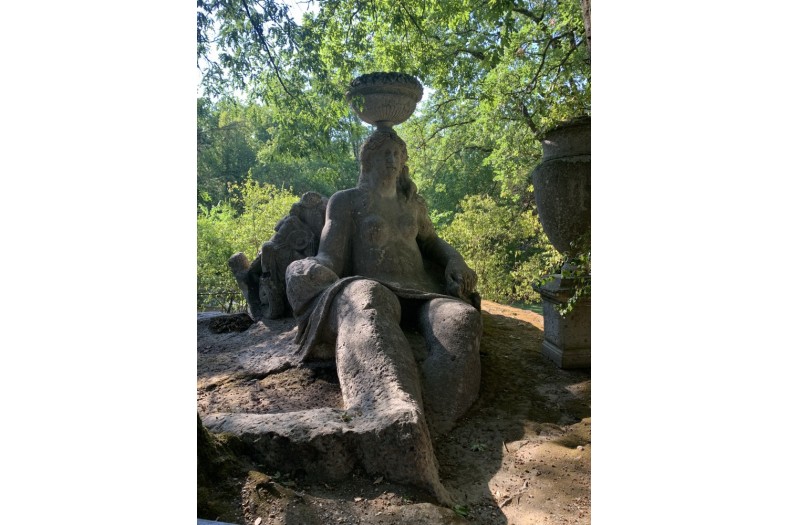
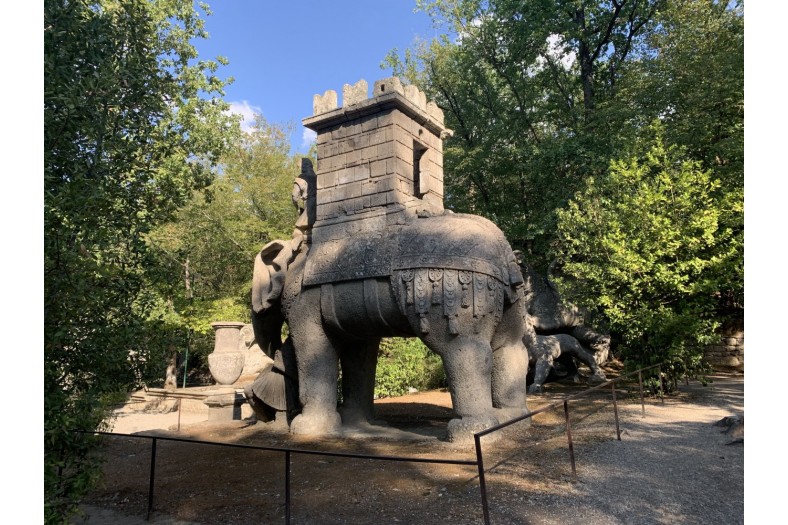
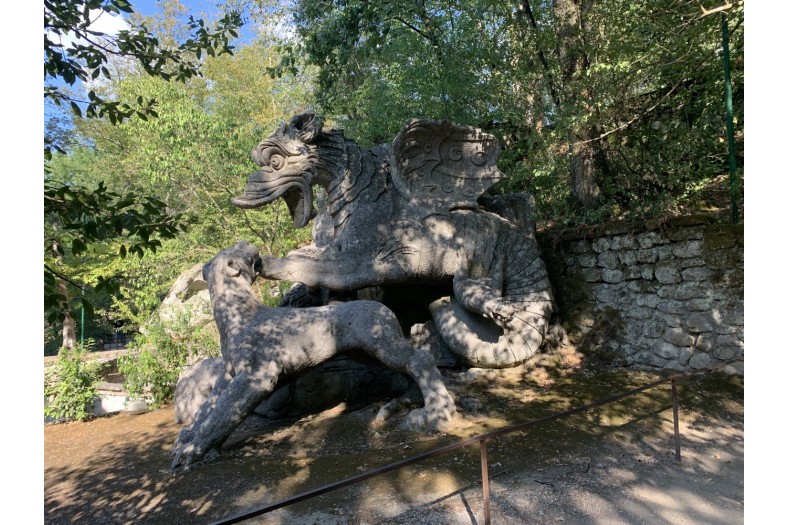



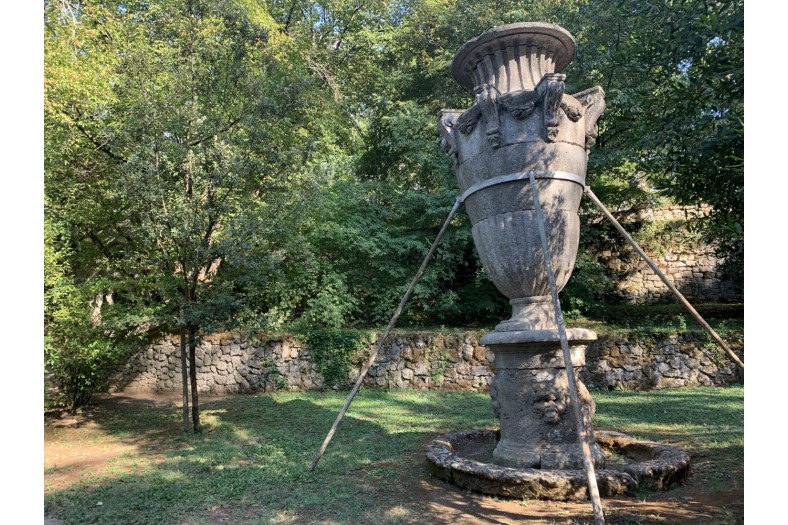
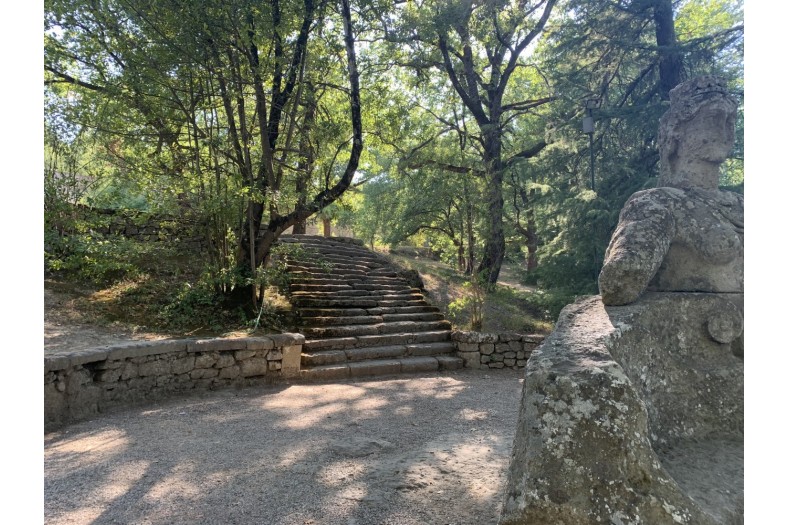
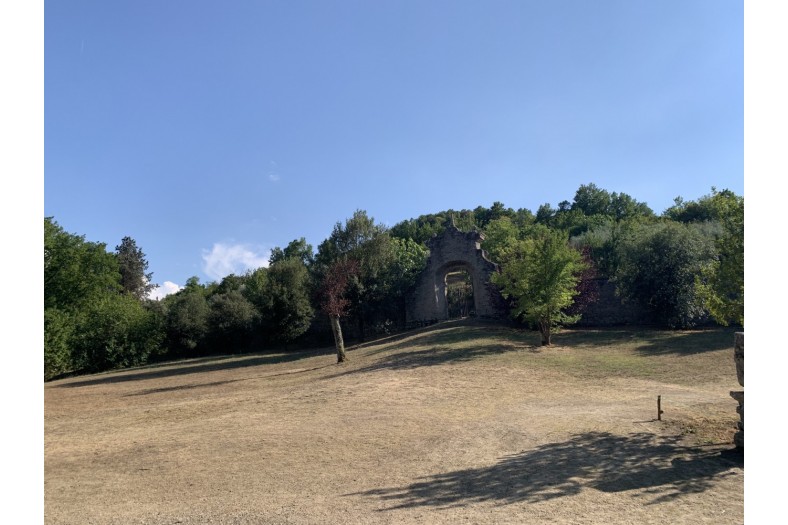
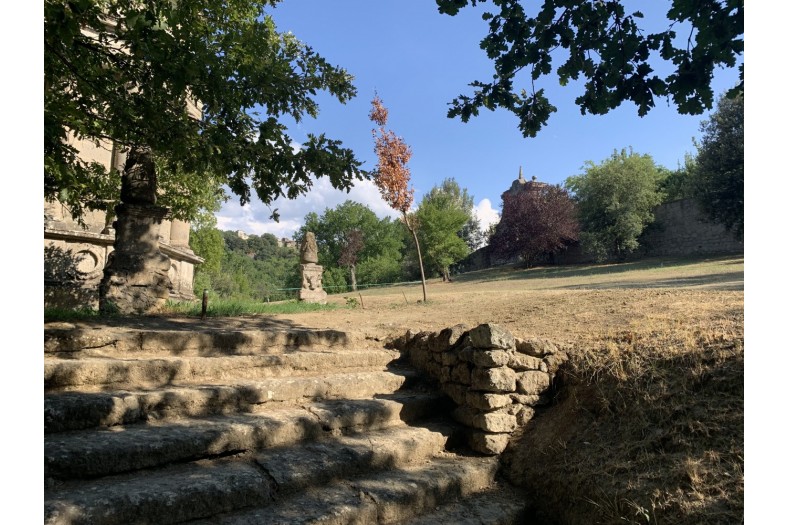
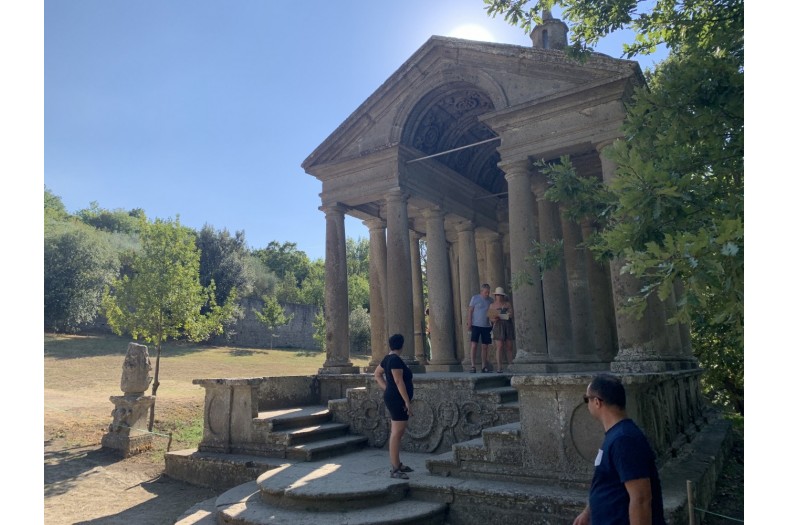
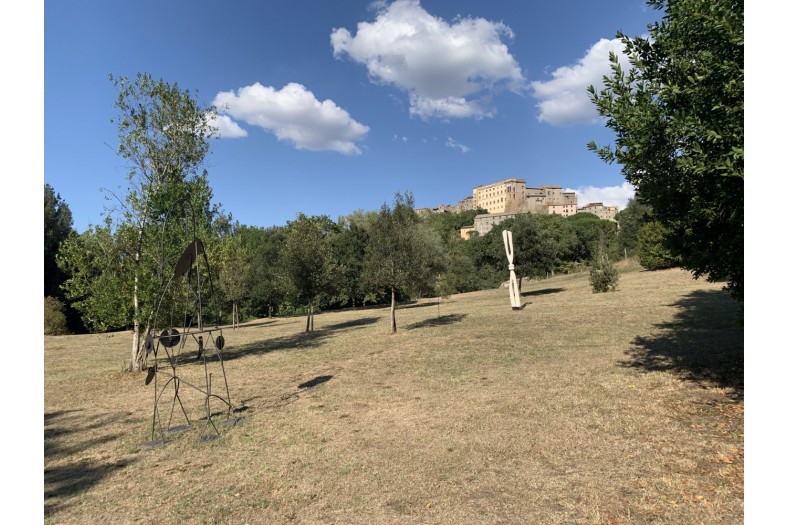

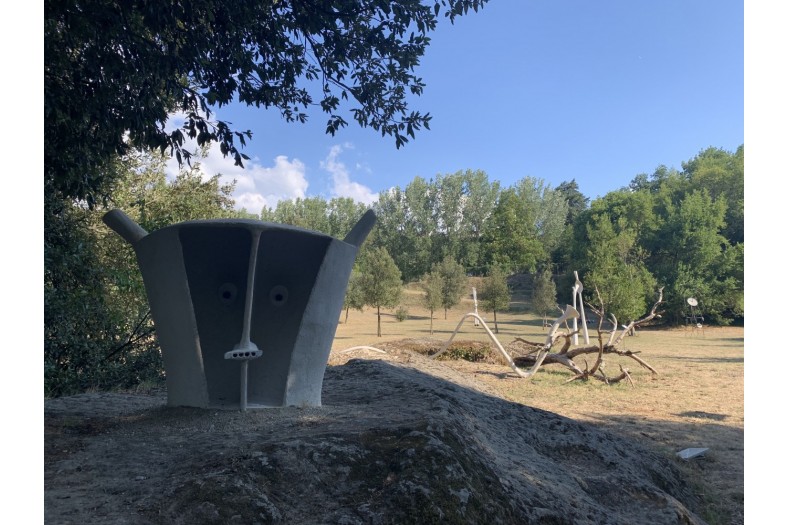
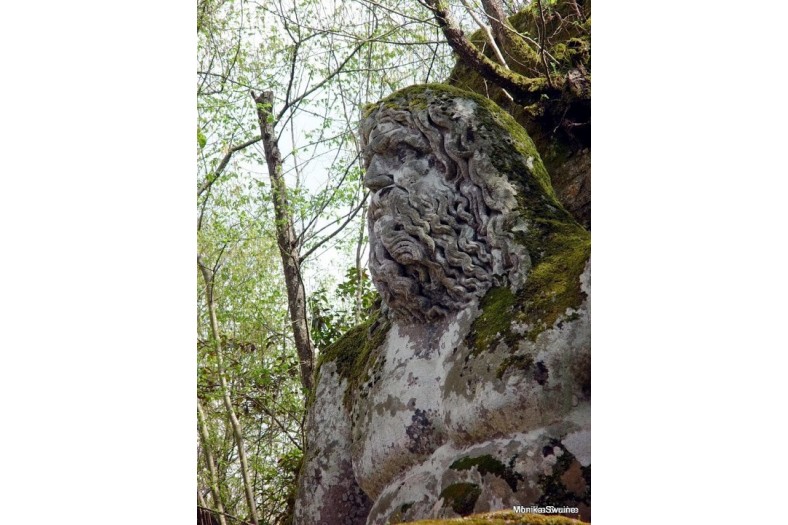
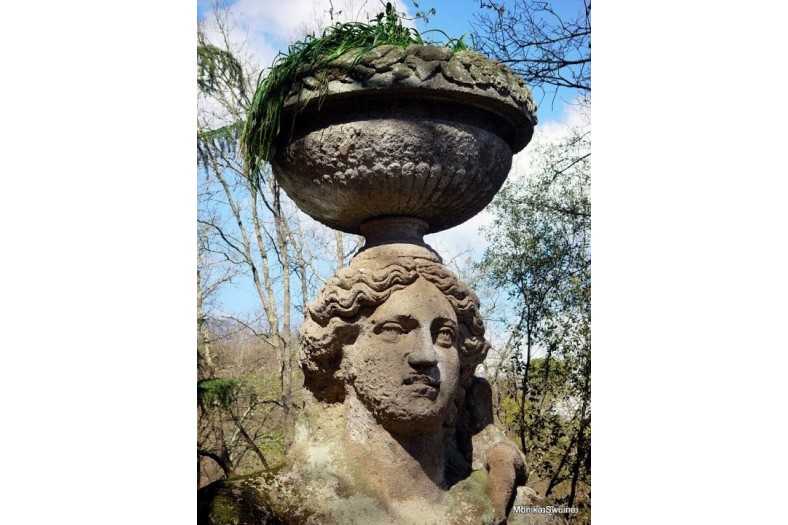
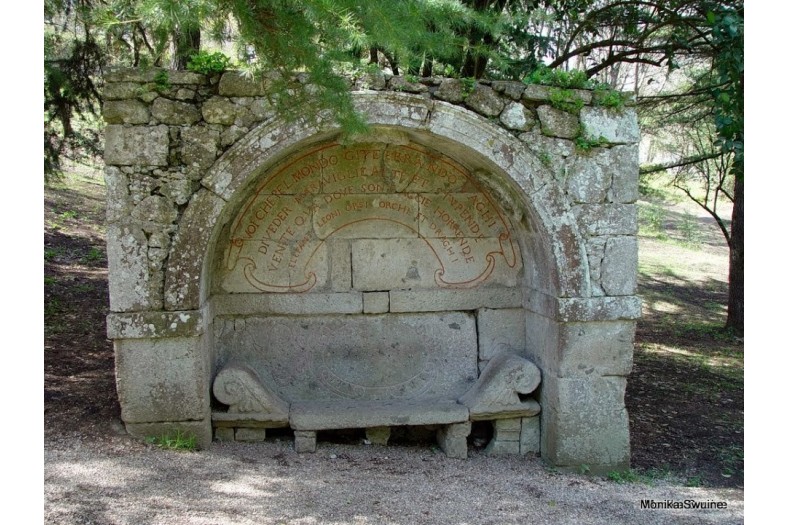
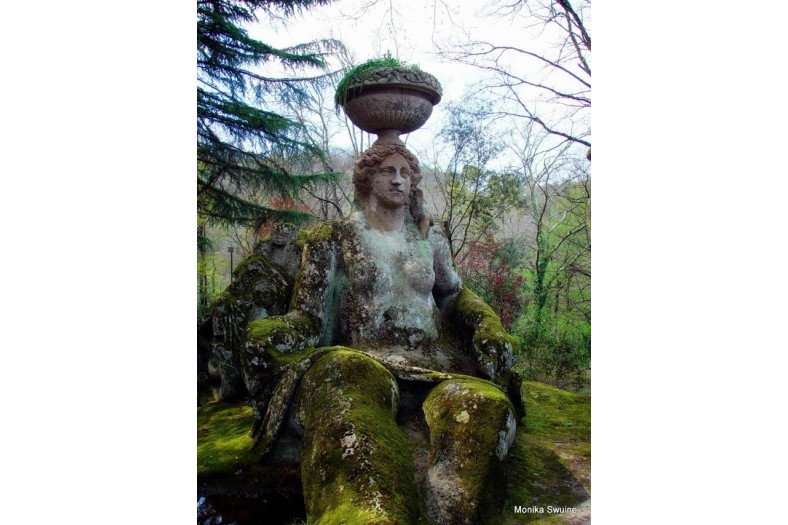
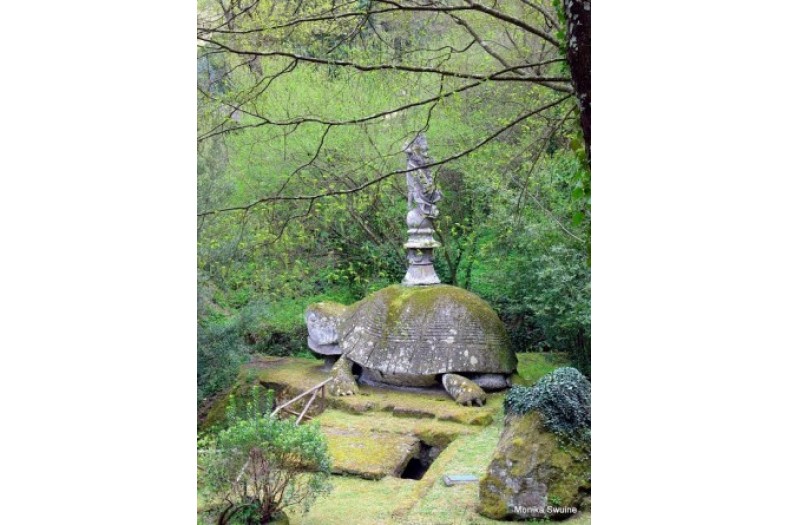
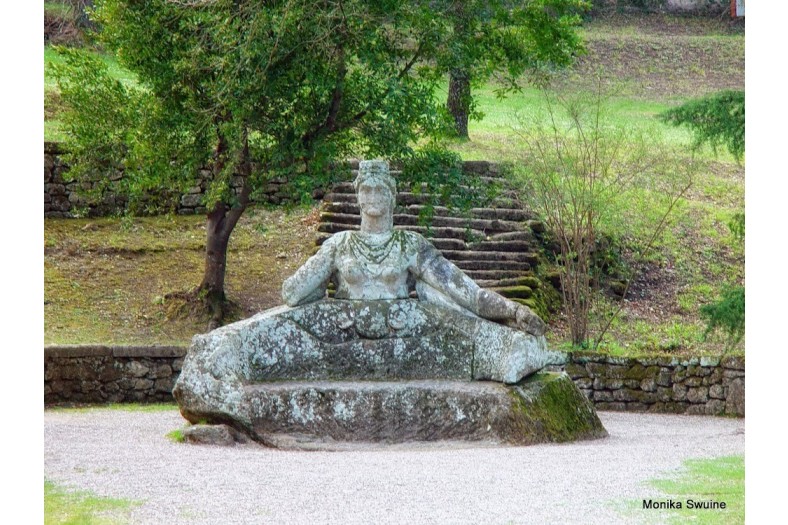
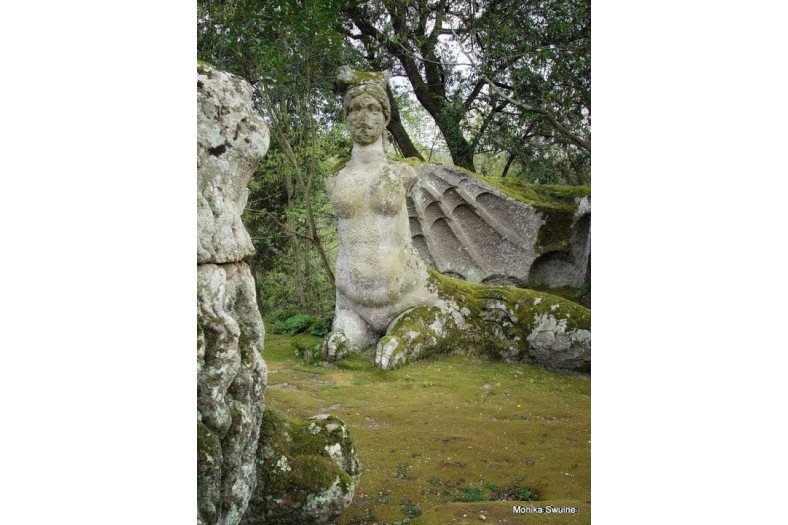
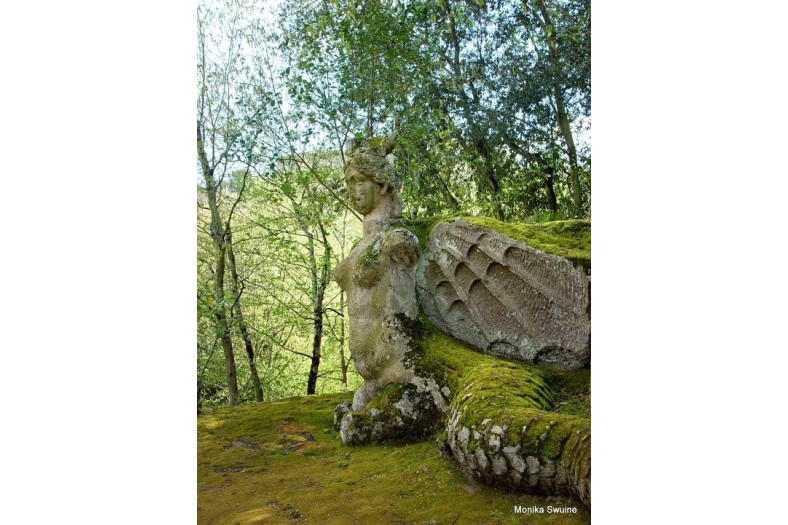

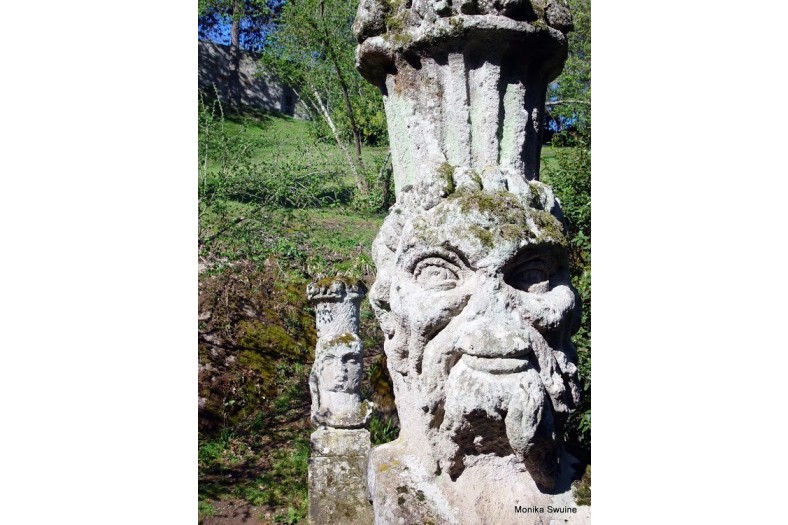
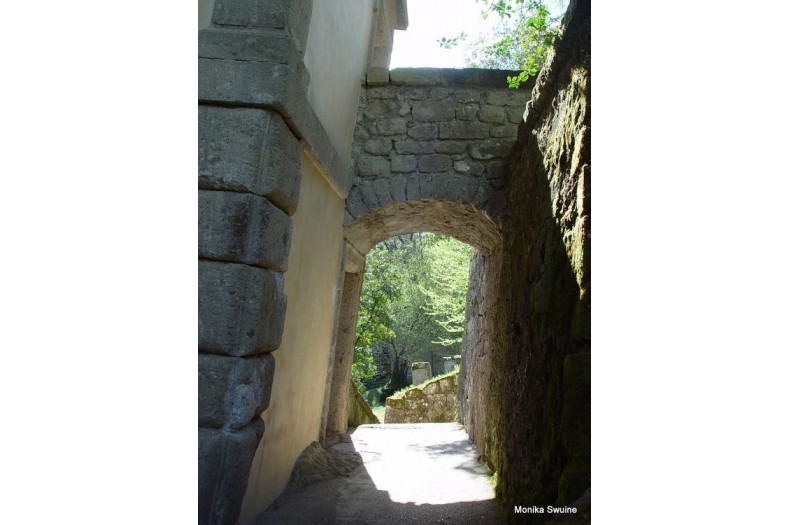
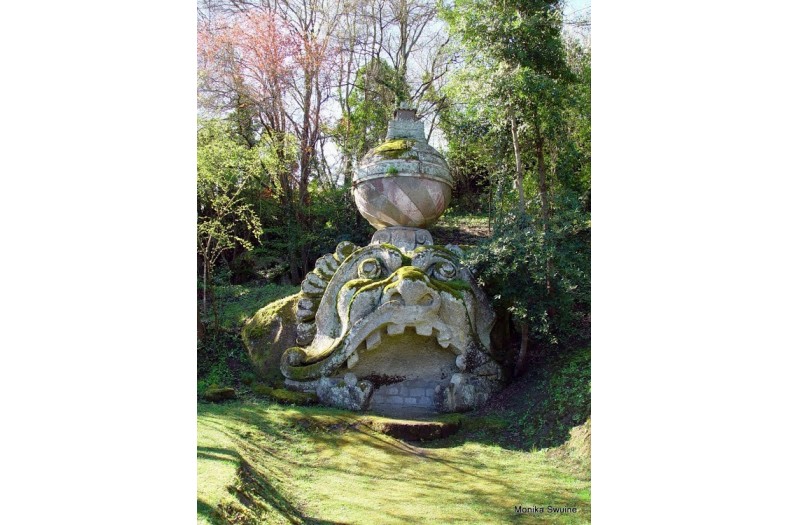


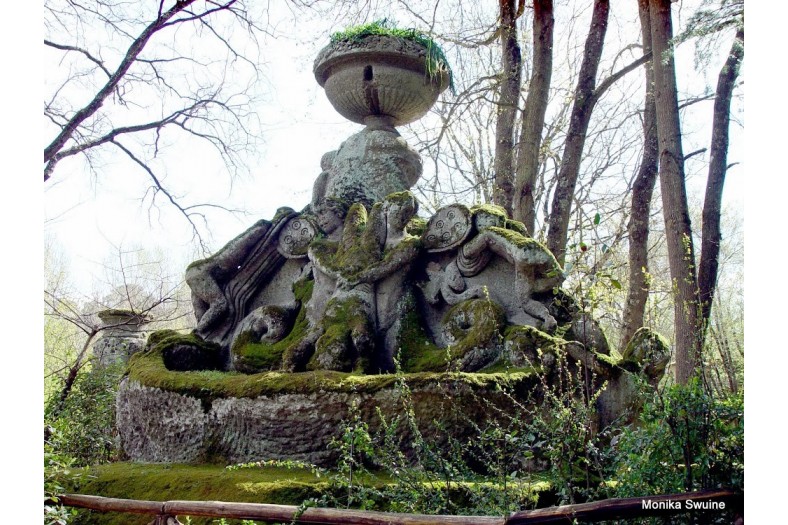



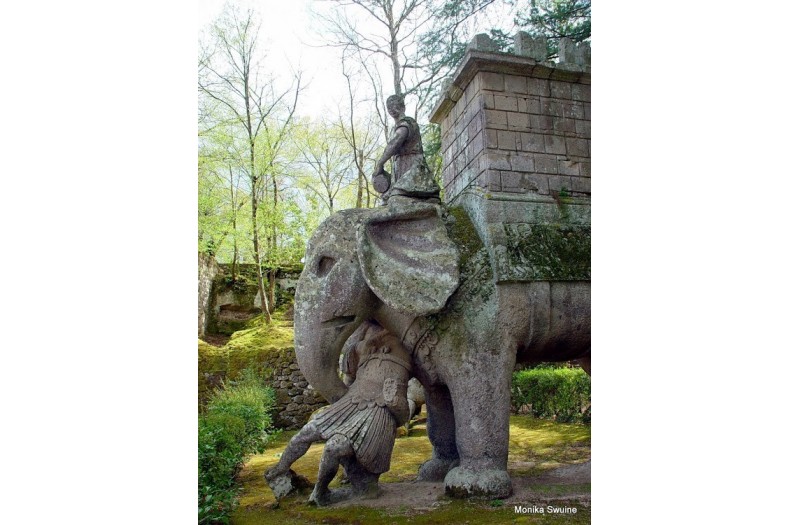
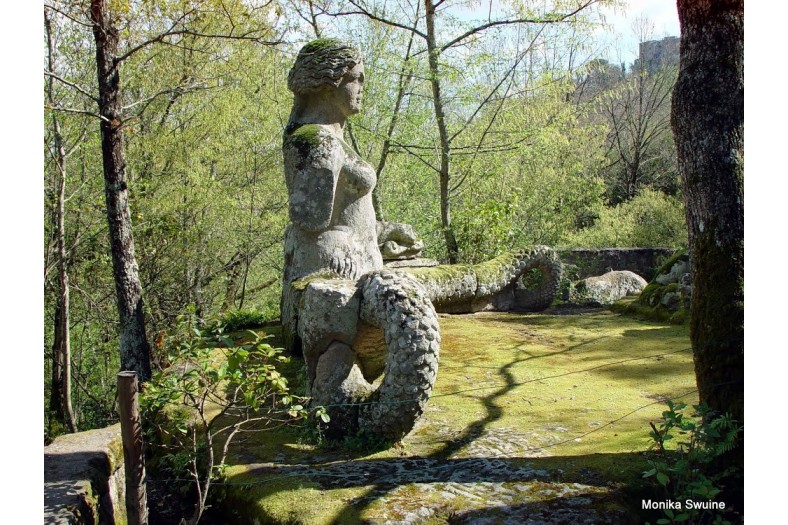
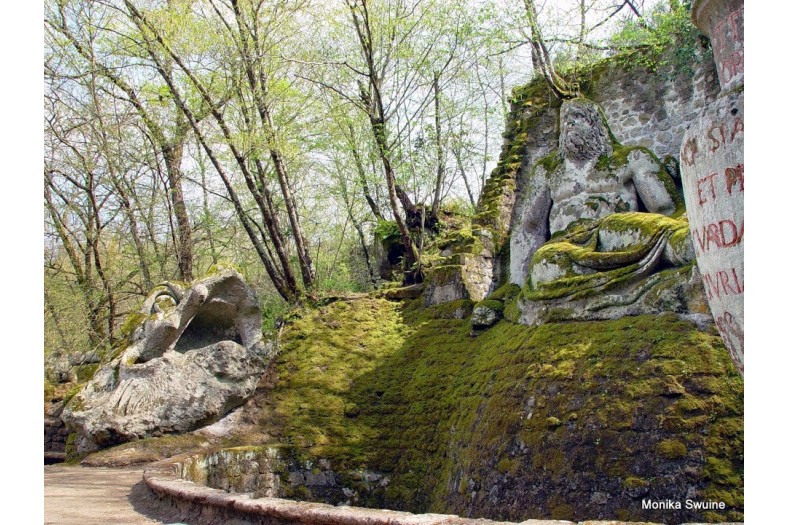
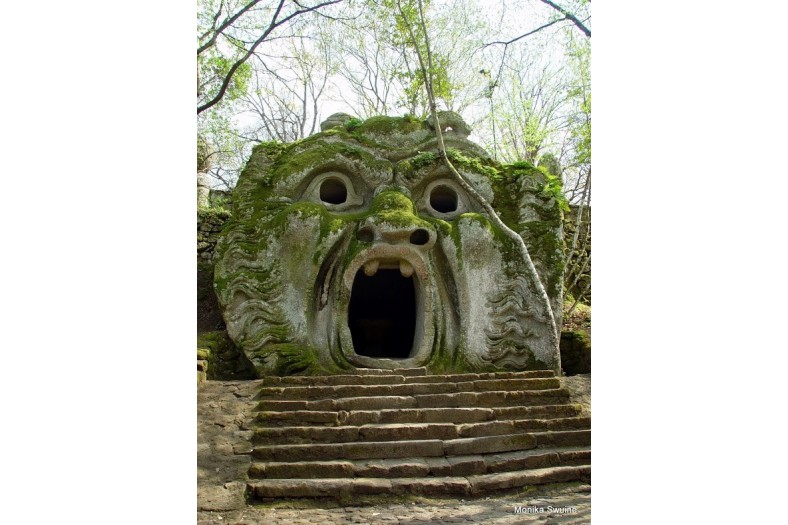

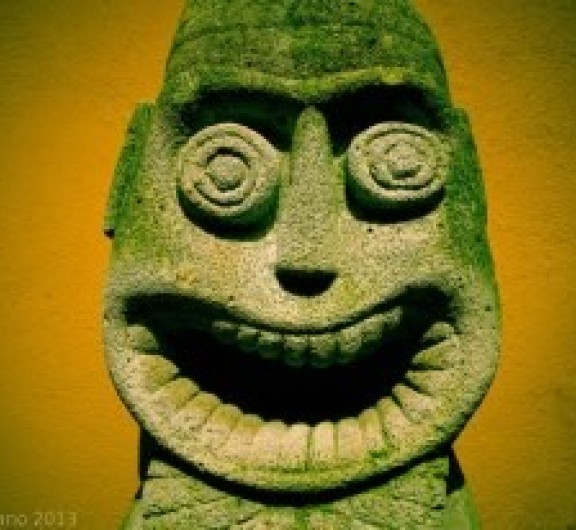
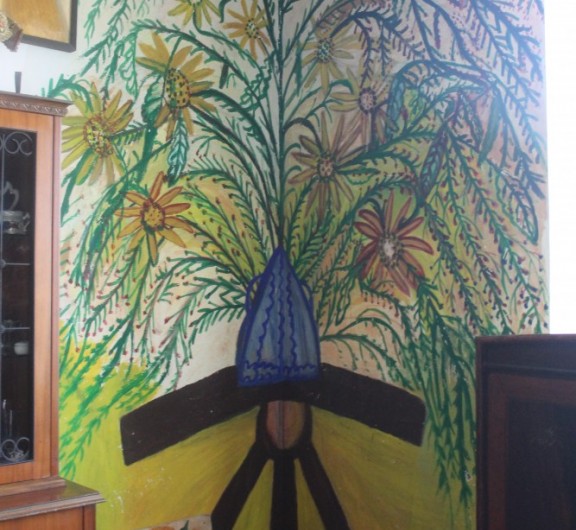
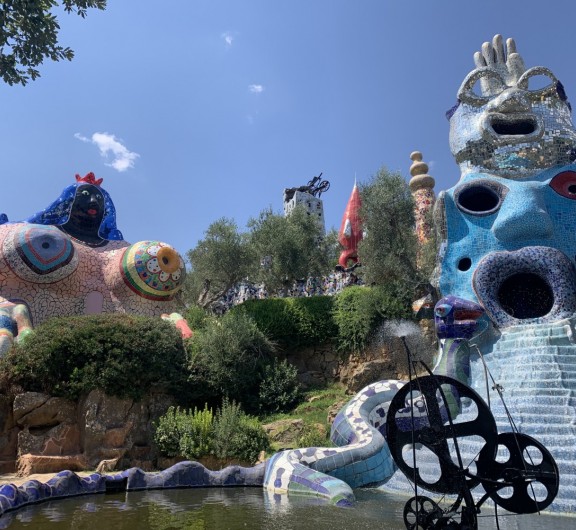

Post your comment
Comments
No one has commented on this page yet.